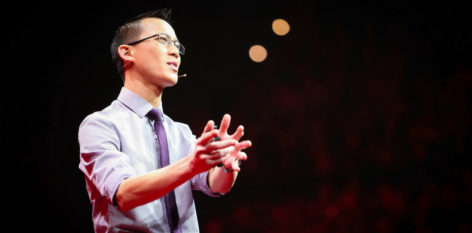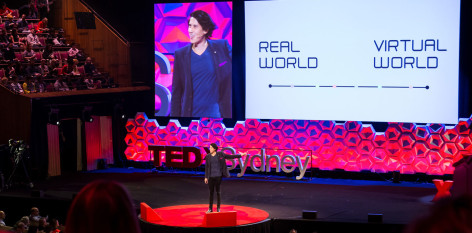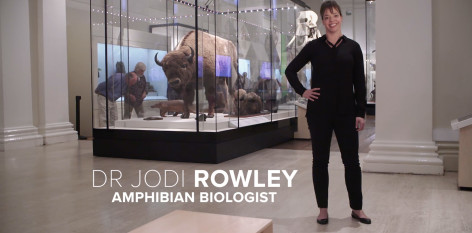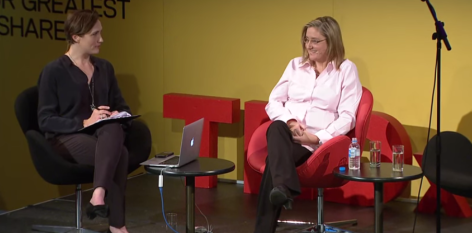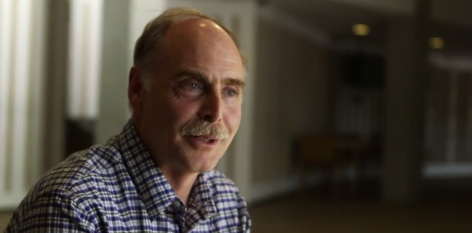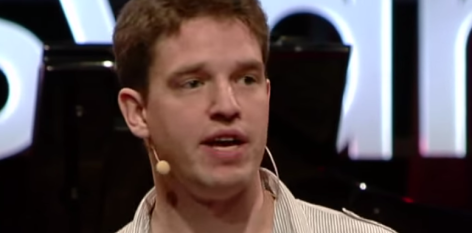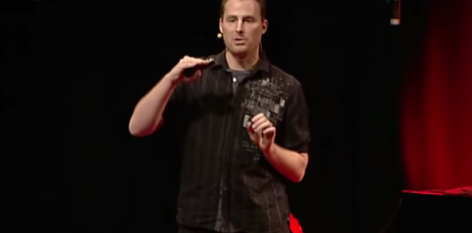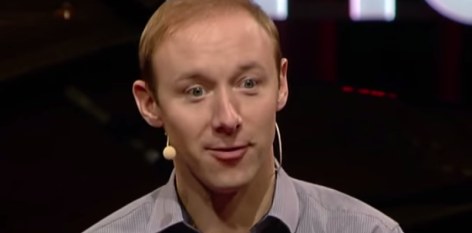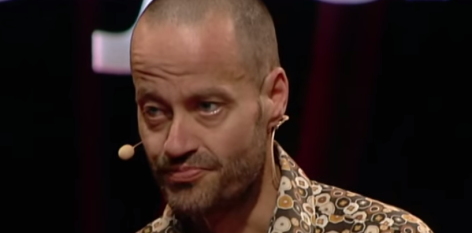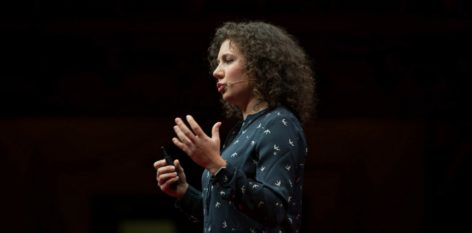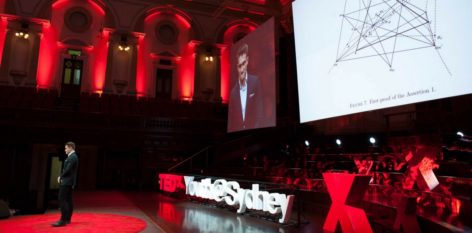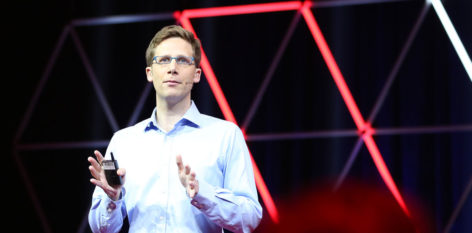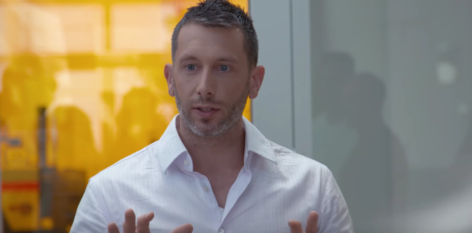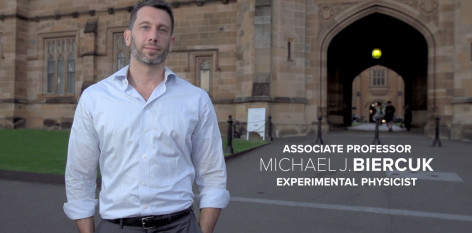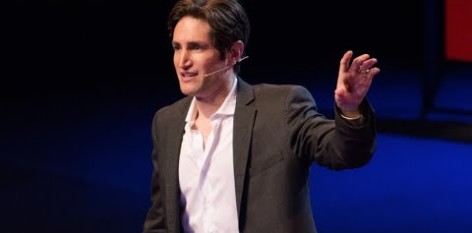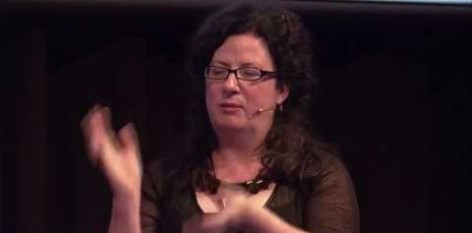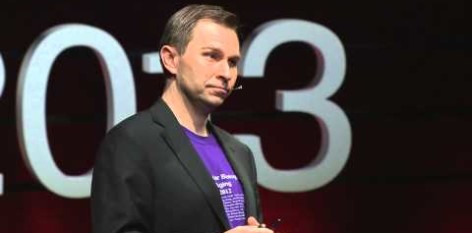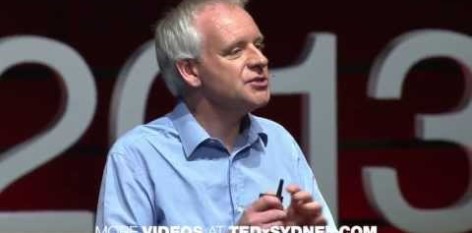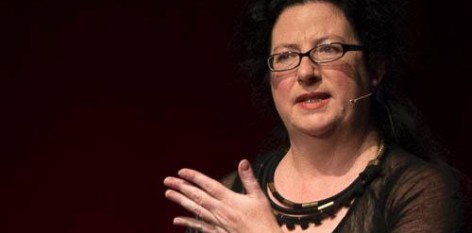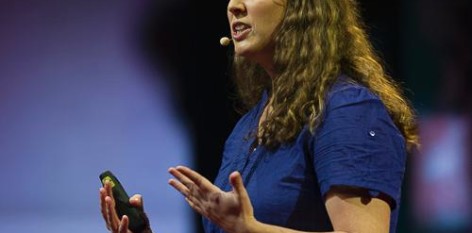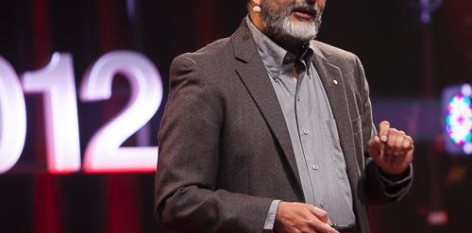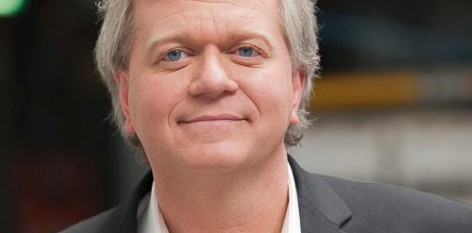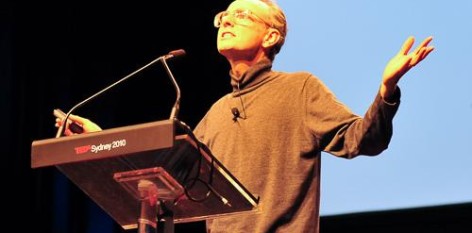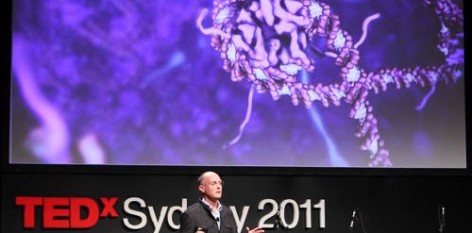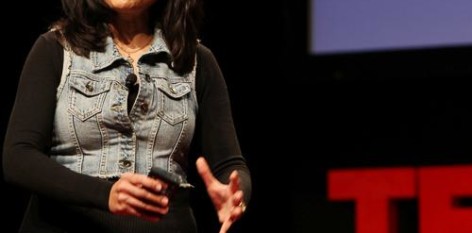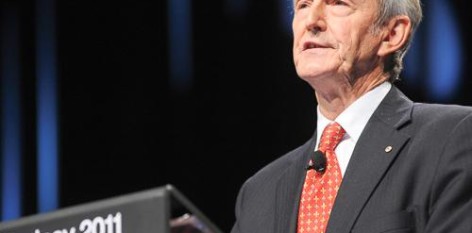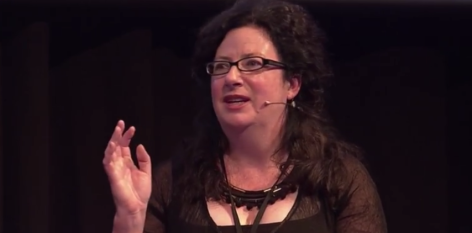The search for big primes continues. In earnest. Like the numbers themselves, the search is infinite, unending and altogether fascinating. Huge numbers, all prime in nature and elusive in character are out there somewhere.
Since Adam Spencer’s incredibly popular TED Talk, ‘Why I Fell in Love with Monster Primes’ broadcast back in February 2013 there have been some big developments in the land of the long, minimally divisible number. In January 2016, in Missouri USA of all places, the latest largest known prime number was discovered.
To most of us, this may seem a minor discovery in a distant part of a far off mathematical galaxy. Apparently not. Big primes sit at the heart of what is fast becoming a digital revolution for the new century.
Spencer – who has a PhD in mathematics plus a long and varied media career – suggests the search and discovery of big primes is at the heart of how humans and digital devices will interact.
“It’s becoming apparent to people that mathematicians will build this century. In the digital age, the app age and with computer coding, big data, that sort of stuff…maths [is] no longer just the sort of thing you should do at school if you’re a complete nerd”, he says.
Prime numbers provide some of the building blocks for our daily essentials. Blocks which we pay little attention to when it comes to the details. Internet security and credit card encryption are perhaps the two most immediate examples. Spencer says that we are but one factorisation formula away from digital and real world mayhem.
He says, “If someone worked out a mathematical formula for really acutely factoring very large numbers into their prime factors, then – to use a technical term – we’re f**ked.”
Don’t worry. According to Spencer, we are some way away from such a powerful piece of formulae. Your money and questionable Snapchat decisions are safe – for now.

But the search for big primes is about more than just big numbers and building code to protect your money. Spencer suggests the search is a metaphor for how the human mind and the new digital and economic industrial age lean on each other, creating the potential for man to achieve things in sync with machines.
Spencer claims that the same principle of big prime analysis which is used in computer encryption could be applied to testing DNA mapping and search for cancerous cells. The advances brought about by big primes could potentially turn this job of several years into a simple exercise that only takes a matter of minutes.
“Imagine taking a current day computer back 50 years and letting it loose in a office for a couple of hours, it would just blow people’s minds,” Spencer muses. It’s the equivalent of unleashing this sort of quantum computing power – and the big primes that underpin it – on things like medical research. The possibilities are endless. Even if they are the possibilities of tomorrow.
Spencer draws great enthusiasm and drive from the forward thinking of man and machine working together. Although for now, he seems content with the pure mathematical pursuit of looking for and finding big prime numbers.
He speaks about prime numbers in the way that David Attenborough might gush about the elusiveness of a snow leopard. He notes the paradox between the inherently simple premise of big primes existing as mere counting numbers and, given their size, the utter complexity of finding them and applying them to our world.
Of prime numbers, he says, “Every time we discover something small about the primes they just laugh at us and step back into the shadows, and leave us grasping at them again. It’s a simple, beautiful but very deep part of mathematics.”
“They are just simple, beautiful, mysterious creatures.”
For now, much of that mystery remains as to where the next one will fall, who will find it and what will become of it. But with that mystery, so too comes the excitement of possibility and the notion that through the search for one of the intellectual world’s most basic ideas – a number – we may come upon the chance to achieve something significant in our new digital economic age.
Illustration by Rachel White








